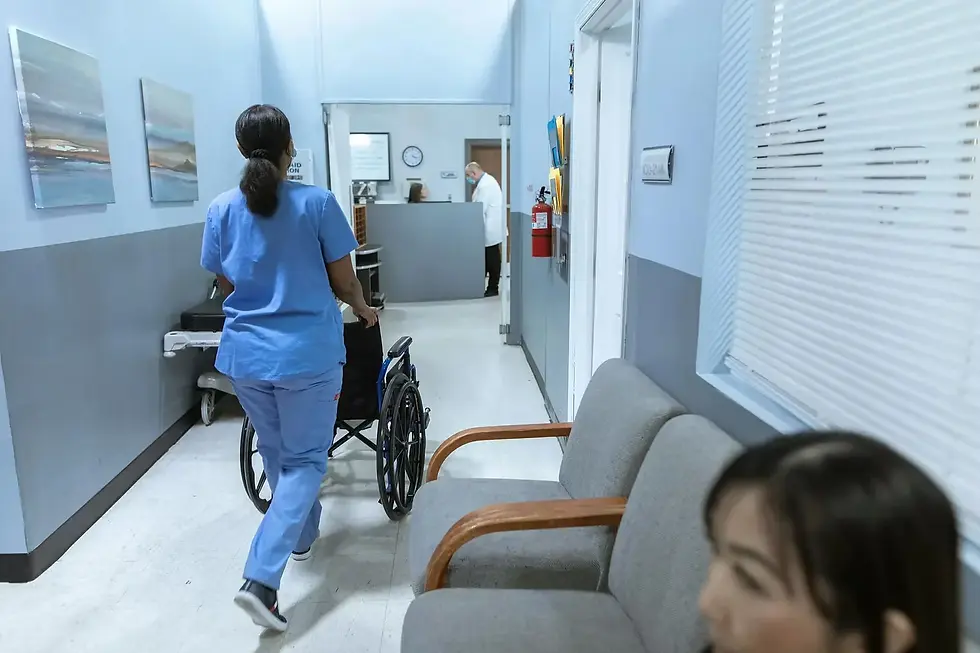When a Nursing Falls Prevention Expert Witness Reviews Visibility Without Supervision
- Apex Experts

- Sep 23
- 2 min read
Supervised visibility isn't supervision: when nursing protocols contradict themselves

An elderly patient admitted with sepsis and known confusion was placed in a high-visibility bed near the nurse’s station. Staff were aware she required support with personal care and had assisted her to and from the commode multiple times overnight. However, during the early hours of the following morning, the patient was left briefly alone while attempting to use the commode and suffered a preventable fall, resulting in a fractured shoulder.
An Apex nursing falls prevention expert witness was asked to review the circumstances. The conclusion: supervision protocols were contradictory and ultimately unsafe. The team recognised risk but failed to act upon it consistently.
What the nursing falls prevention expert witness identified as a core contradiction
The expert found that although a commode was placed beside the bed for ease of access, and the patient had previously used it with staff support, she was left unsupervised during her final attempt.
Clinical findings included:
The patient had a fluctuating mental state due to sepsis
Nurses noted confusion but allowed unaccompanied transfers
No documented care plan addressing supervision during toileting until after the fall
The patient had shown visible signs of confusion and pyrexia hours earlier
Staff justified unsupervised transfer based on past “safe attempts,” despite new signs of deterioration
“It does not make sense to place a confused, septic patient in a high-visibility bed, then leave her to transfer without support. These actions contradict each other entirely.”— Apex Nursing Falls Prevention Expert Witness
What a nursing falls prevention expert witness expects from ward teams

In any acutely unwell patient with altered cognition, the expert noted the standard of care should have included:
A clear risk stratification updated regularly during acute illness
Consistent implementation of supervision protocols for toileting
Care plans created early, not post-incident
Reassessment of “independent transfers” when condition fluctuates
Use of bay tagging, 1:1 care, or alternative methods when full supervision isn't sustainable
The expert found the Trust’s care plan created after the fall was thorough but noted it was implemented too late to prevent harm.
Clinical visibility doesn't replace physical supervision
This case underlines a common but dangerous assumption in ward environments: that visual access from a nurse’s station constitutes safe oversight. In patients with delirium, fluctuating cognition, or acute infection, being in line of sight does not protect against misjudged movements, poor spatial awareness, or unplanned transfers.
The expert concluded that active supervision, not passive observation, was required and had a nurse or care assistant remained present during the transfer, the fall likely would not have occurred.
